Week 35: 15-19 May
I needed a productive week, and I got one. It was entirely my preference that I worked for a decent proportion of the bank holiday weekend. I’d identified 18 things that I wanted to get done and completed the 15 most important. We had an all day workshop with Microsoft on Tuesday so I had feared the consequences for my inbox by Wednesday morning but I started the week in a good position and it was enough to be in control throughout the following week. Spare a thought, though, for all the teams that were on the receiving end of my flurry of weekend productivity. Delaying sending emails until the working week didn’t stop them needing to be read!
Our day at Microsoft had a strong focus on productivity and the potential posed by the application of Large Language Models. There is huge potential to transform many of the drudge tasks that so many of us have to do on a daily basis – whether that’s summarising documents, identifying actions during meetings or writing standard replies to emails. But we’ll need to think really carefully about people’s first experience of using these tools. Knowing when and how to use them will be critical for building our users’ confidence and overcoming cynicism that it’s a new generation of Mr Clippy ‘assistance’.
On Wednesday morning we had our Strategic Leadership Team meeting. Almost regardless of the agenda I look forward to the group coming together and exploring key topics about how we work. We had a really good discussion to review the key results for the quarter across our respective teams and then about the three strands of work that are starting to experiment with different ways of working. I’ll be leading one of the strands which will experiment with product ownership for our mission critical system, a multidisciplinary DevOps team for a product and a Community of Practice.
The TDA had an important discussion this week about a technical decision associated with one of our priority projects. Whilst we identified a clear way forward I suspect that the conversation re-created some fault-lines that we’ve been working hard to reduce. I can see the problem that we need to solve and I can see the end-state we need to reach. I don’t have a clear enough picture of the route we take to get there.
The other feature of my week was about the good and the bad of early conversations with prospective suppliers. I’ve made a habit of refusing to engage with generic sales pitches that come into my inbox. I could spend a decent proportion of my week spending time explaining information that sales people could have found out themselves with a tiny bit of investment; that’s not good value for the public. But I had two unsolicited contacts that put me in a particularly bad mood. I still remember how hard it is to build a sales network and you need a level of brazenness that I didn’t find easy. But you also need judgement to understand when no means no, and unsolicited calls to my personal will always land badly.
But I was also fortunate enough to have some conversations this week which were very worthwhile in helping understand how we can be a ‘better buyer’ with people who had evidently worked hard to prepare a good conversation. One of the reasons I’m so looking forward to publishing our technology strategy is that it gives us the opportunity to have good conversations with prospective suppliers that have done their homework.
I set three modest goals for the week and largely met them: establishing my personal objectives, which are now linked to the technology strategy and the OKR framework that we’re using across the Directorate. I supported the Polaris team in de-risking the product delivery which is expected in the next few weeks. The strategy tracker dashboard isn’t quite completed but the data we’ve now got is really useful and the things that are left are relatively straightforward to bring together.
There are two key features of next week: a visit to meet colleagues in Mersey-Cheshire and our first Service Standard assessment. In different ways they’re both really great learning opportunities. Alongside that, I’m also hoping to complete a business case for the Future Casework Tools cloud strategy and finalise a technical paper on how we manage devices.
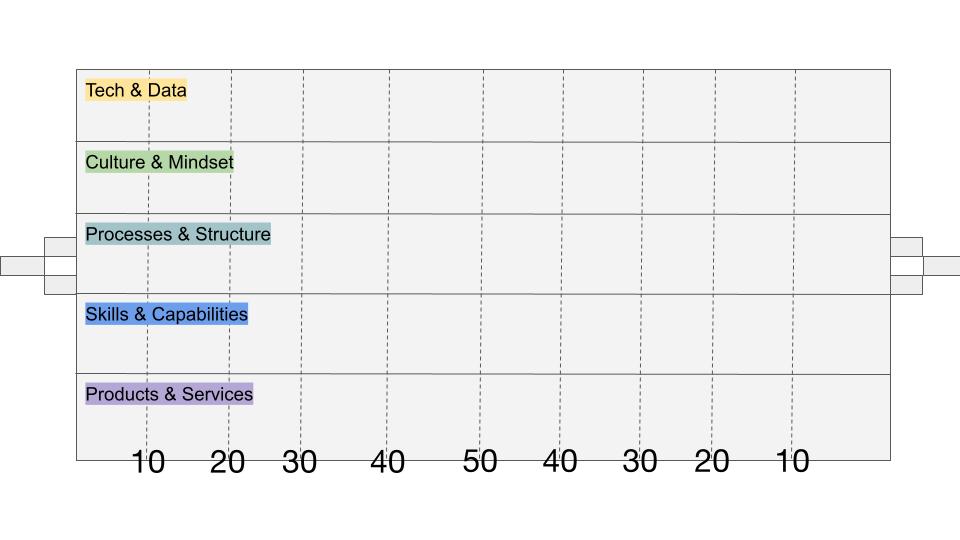
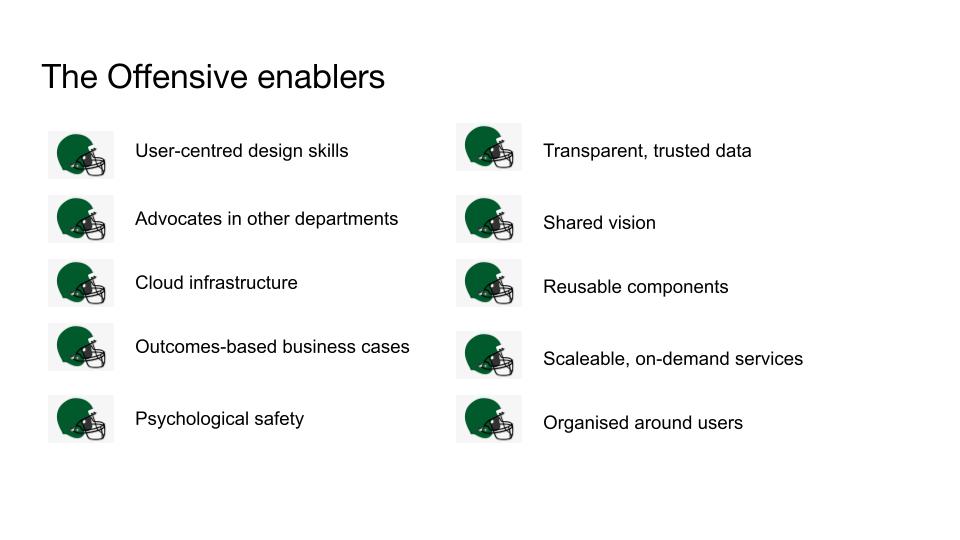
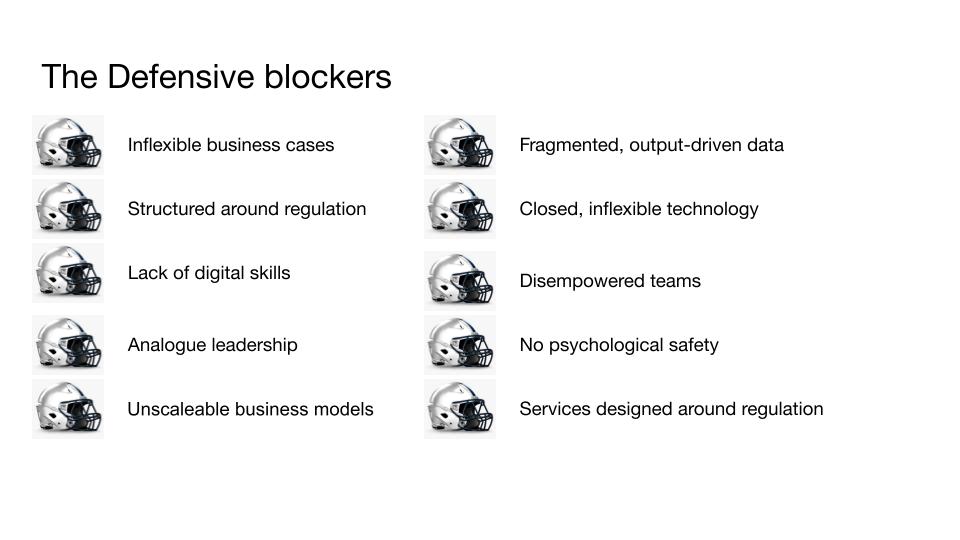
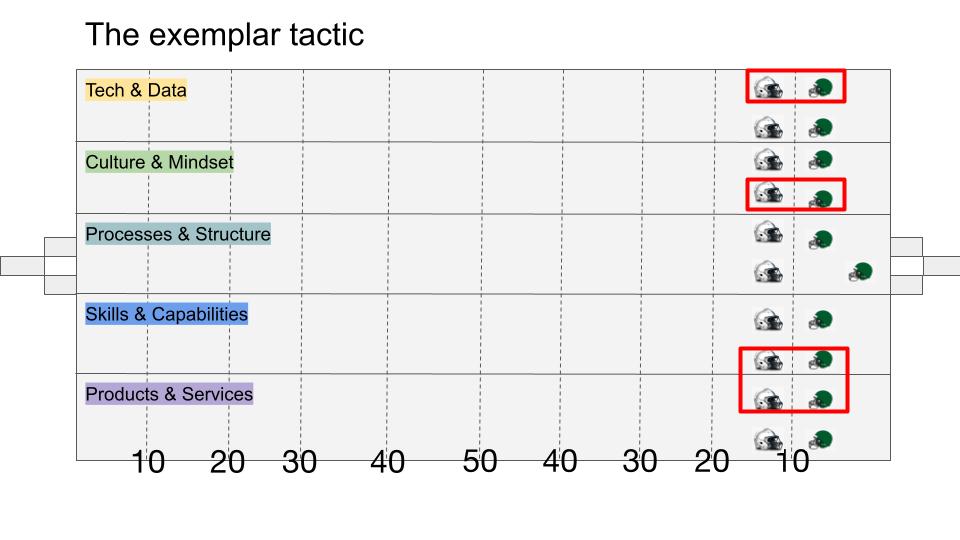
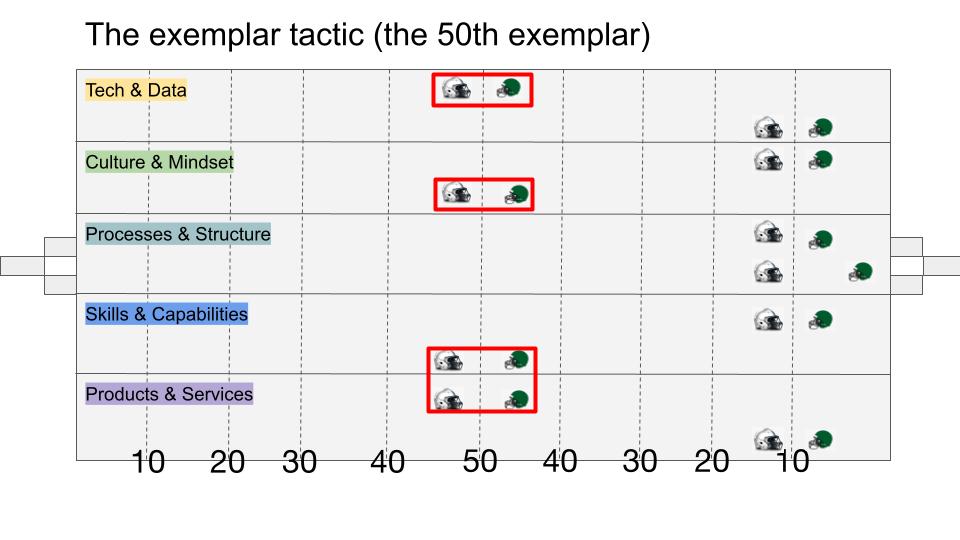
Recent Comments